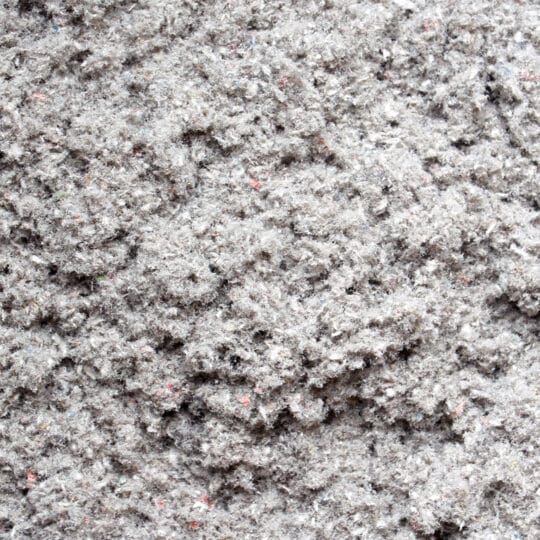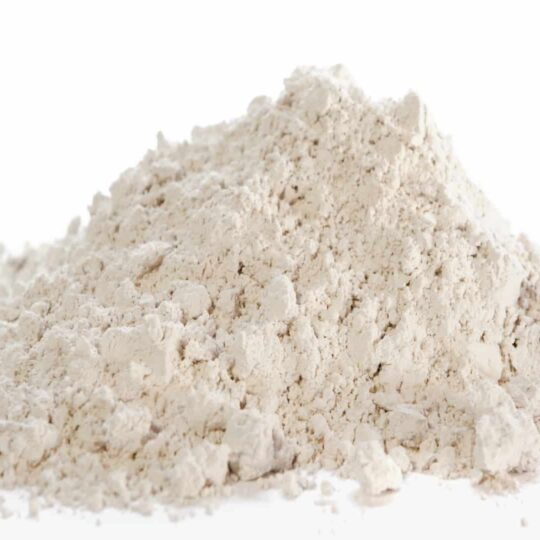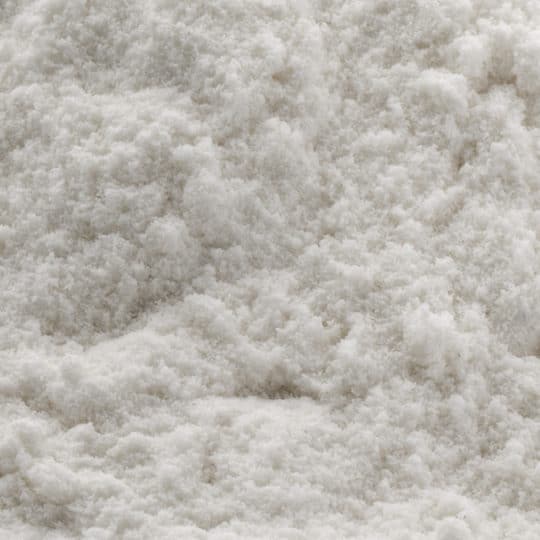Filtration
What sets our filter aids apart is their tailored particle size distribution. This enables easy precoating on coarse wire while still delivering the desired flow rate and clarity you seek. Whether you’re in the chemical, pharmaceutical, or food and beverage industry, our filter aids have got you covered.
With a variety of grades available, we can cater to any application’s solids removal needs.
By using a porous medium, you can ensure the purity of liquids. This helps control the flow and removal of solids. A septum, often made of screen or cloth, adds support for the solid particles, forming a cake-like layer. A filter aid forms a porous layer on the septum, creating billions of microscopically fine interstices. These tiny openings are so minuscule that they strain out the unwanted solids, leaving behind only pure liquid. Not only does this process ensure fast flow rates, but it also gives brilliant clarity to the liquid.
Our filter aids are:
- Chemically inert
- Highly porous
- Lightweight
We understand the importance of tailoring particle size distribution to achieve optimal results in your filtration process. That’s why we offer a range of premium filter aids that not only allow for easy precoating on coarse wire but also provide exceptional flow rate and clarity. Our perlite, diatomite, and cellulose filter aids are available in various grades, ensuring that we have the perfect match for your specific solids removal needs. Whether it’s for industrial or domestic applications, our products are designed to enhance your filtration efficiency and deliver outstanding results every time.
Contact us today to learn more about our high-quality filtration solutions and let us help you find the perfect fit for your applications
How Pressure Filtration Works
Precoat
In most cases, the first step is formation of the precoat. It is a thin layer, 1.5 to 3.0 mm (1/16 – 1/8 inch), which protects the septum and ensures clarity by stopping the solids at the surface. The filter aid grade used for precoat must be carefully selected to allow the fastest possible flow yet trap the solids. A slurry is made from filtered liquid, or sometimes water, and filter aid. The concentration should be low as possible, 0.5 % is typical. Agitation in the precoat tank should be sufficient to keep the filter aid in suspension. Excessive agitation for extended time may break down the particles. Filter aids should be added at 500 to 1200 g/m² (10 – 25 lbs/100 ft²) of filter area. The precoat is formed by recirculating the filter aid slurry through the filter. The coarser particles deposit themselves first on the screen followed by smaller ones. Precoating rate of 40 litre/m²/min. (1 GPM/ft²) is normal. Much lower rates are used with higher viscosity liquids. There should be at least 0.07 kg/cm² (1 psi) differential pressure during the precoat process. Precoating liquor should clear up within 10 to 15 minutes.
General Operating Notes
The filter septum serves principally as the support for the filter aid cake. However, the effect of the septum on filtration performance needs careful consideration. The size of the opening should be fine enough to retain the filter aid particles and allow a firm cake to be formed quickly while at the same time giving a minimum resistance to flow. The material must be able to withstand chemical, pressure and temperature conditions existing during filtration. The two most widely used septa are metal and cloth. The most common metal screen is 24 x 110 Dutch Weave. Addition of Dicacel will improve the precoatability of finer grades.
Bodyfeed
The addition of filter aid to the liquid to be filtered is referred to as bodyfeed. The type and grade as well as quantity to be added is vitally important to obtain the highest filtration flowrate consistent with the clarification required. Filter aid dosage varies with the solids content and other variables specific to each application. In general, a dosage of ½ of the percent solids by weight is close. Bodyfeed can be added directly to the tank of liquid to be filtered, or dosed from a slurry tank into the filter inlet.
Grade Selection
Clarity is considered by many engineers to be the most important measure of efficiency in filter aid filtration. A high-quality filter aid is important for uniform results day after day. Selection of the particular type and grade of filter aid having the correct particle size and distribution is a major factor. After these come many considerations such as the quantity of filter aid to be used; flowrate needed to meet plant production schedules, equipment limitations and general filtration conditions. All of these can best be resolved by tests using the actual liquid involved.
Types of Pressure Filters
Horizontal Tank-Rotating Leaf Automatic Jet Spray Cleaning Filter
The leaves in this filter rotate during cleaning but are stationary during filtration. For wet discharge, the leaves rotate past a sluice nozzle. For dry discharge, the cake is removed by vibrating the leaves or by rotating them past a scraper or a brush and the released cake is a screw conveyor.
Tube or Candle Filter
The tube filter is a vertical tank filter with tubes suspended from a tube sheet. Filter cake is formed on the outside of the tube and filtrate flows up through the tube into the head and out. The tubes are cleaned by high rate backwashing often assisted by a hydraulic “pump”.
Horizontal Pressure Filter
Filtration takes place only from the top of the plate in this filter so that even with intermittent operation, the cake remains in place. In the filter shown, the leaf assembly is cleaned and dressed (usually with paper) outside of the filter. In other variations, the cake may be discharged by means of a rotating sluice or may be spun off by centrifugal force by rapidly rotating the leaves.
Vertical Tank – Vertical Leaf Filter
This filter has small floor space requirements, but must have sufficient head room for removal of the leaves. It has a high ratio of filter area to filter shell volume. It can be made as a wet discharge sluicing filter (as shown) or as a dry cake discharge filter with leaf vibrators.
Filter Press
The filter press has numerous versions. The illustration shows one with caulked-in metal septa with recessed cake space. Other types have flush plates dressed with paper or cloth separated by open frames where the cake is formed. The presses may be automated. Some operate up to 250 psi (18 atm). The filter is used where dry cake discharge is required and in systems where no dangerous or toxic fumes exist.
Rotary Vacuum Precoat
Rotary Vacuum Precoat Filters are typically used for thick, difficult to filter liquids or when the solids content is high. The precoat is formed on a drum with a cloth or metal-septum by recirculating a 2 – 5 % filter aid slurry. A 5 to 10 cm (2 – 4 inch) cake can be applied in an hour or less. Too rapid precoating rate and too high filter aid concentration can cause excessive cake cracking. The septum should be kept clean, as it can be a source of cake cracking and non-uniform thickness.
During the operating cycle, the process liquid passes through the cake leaving the solids on the precoat surface. A mechanically operated knife blade continuously shaves off the filterable solids and leaves a clean filtering surface. Selection of the proper depth of cut depends mostly on the nature and quantity of the solids. Cycle lengths vary from 8 to 24 hours typically, depending on depth of cut and cake thickness.
Flowrates are, for the most part, dictated by the filter aid solids and liquor viscosity. Common drum speeds range from 1 to 1/5 revolutions per minute. The optimum grade and type of filter aids is the grade which will maintain the solids on the surface of the cake. Optimum clarity occurs when solids are retained at the precoat surface. Dicalite personnel are available to aid in this selection. Laboratory filtration’s are a no risk method for investigating this and all other filtration variables.
Dicalite perlite filter aids show superior performance in rotary vacuum filtration, with proven advantages in filter aid usage and resistance to cake cracking.
Contact Us
Contact us today to learn how we can help your processes, buy direct or from a distributor, or request a free sample of our products. We look forward to hearing from you.








